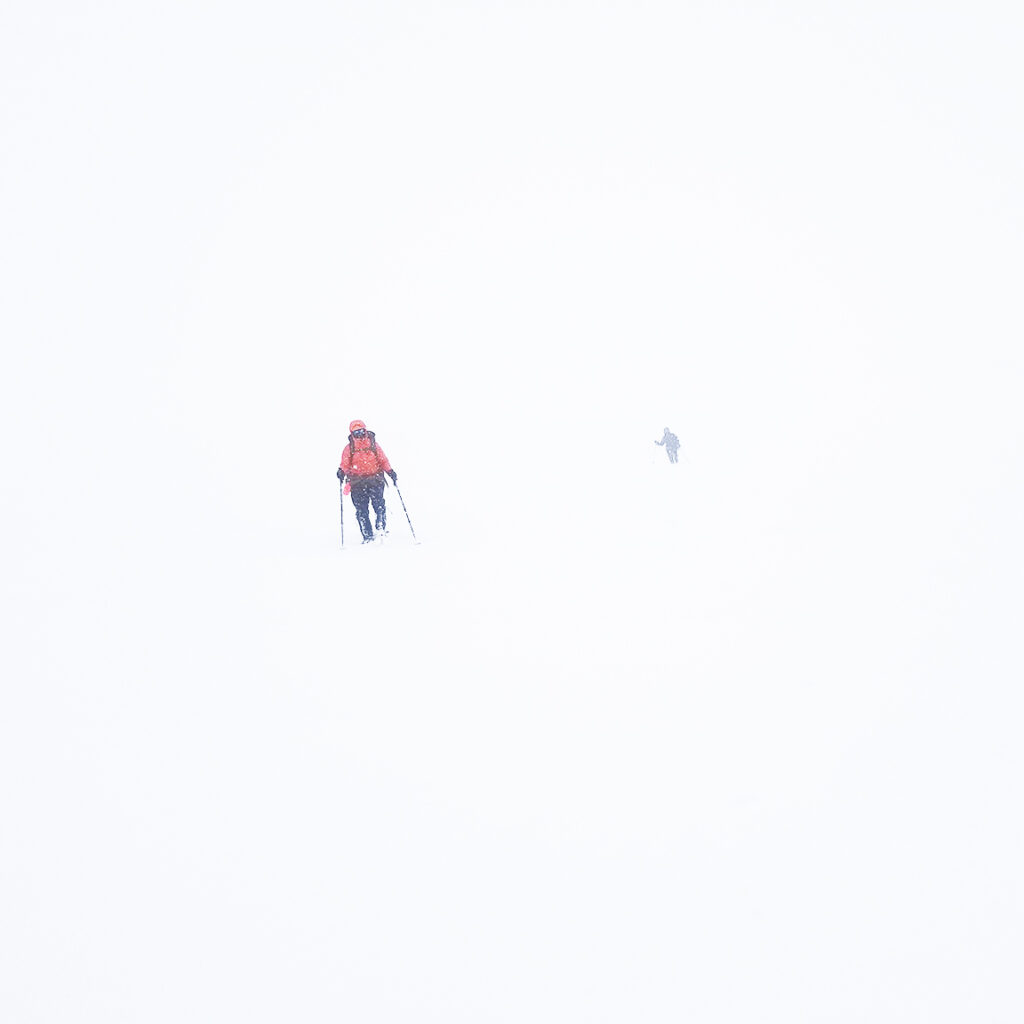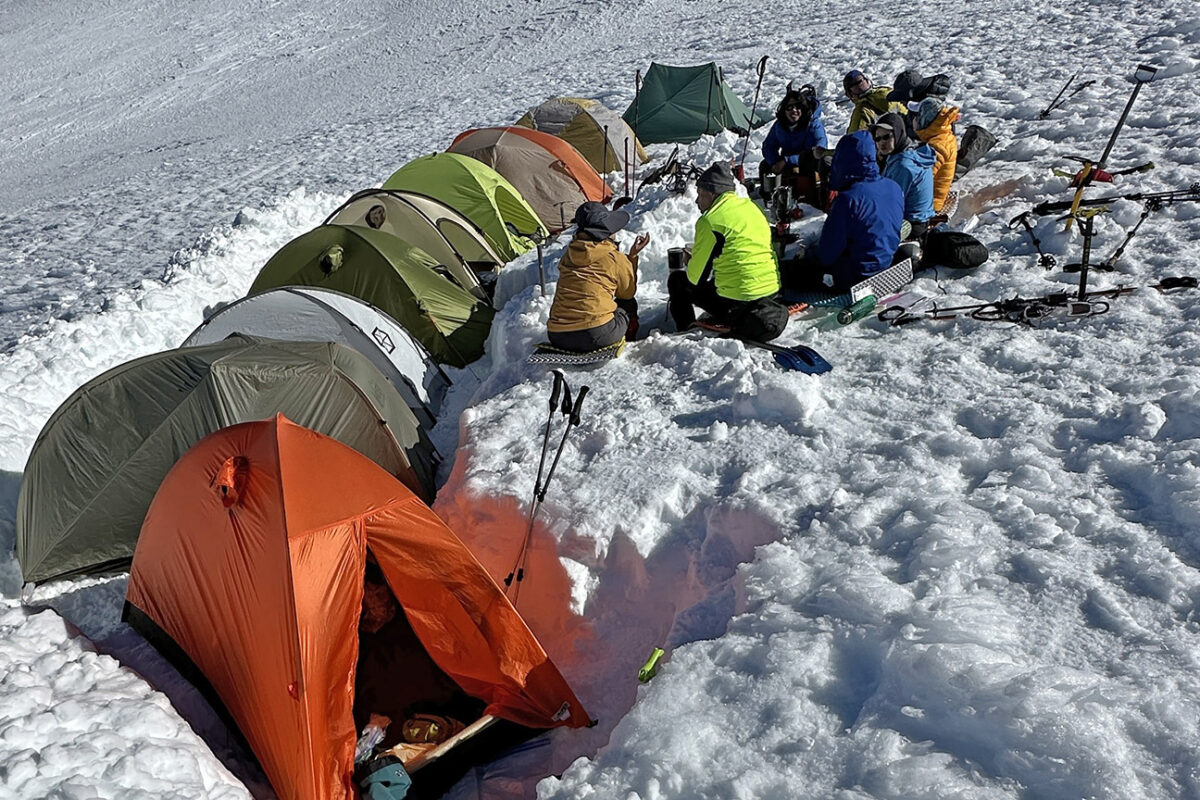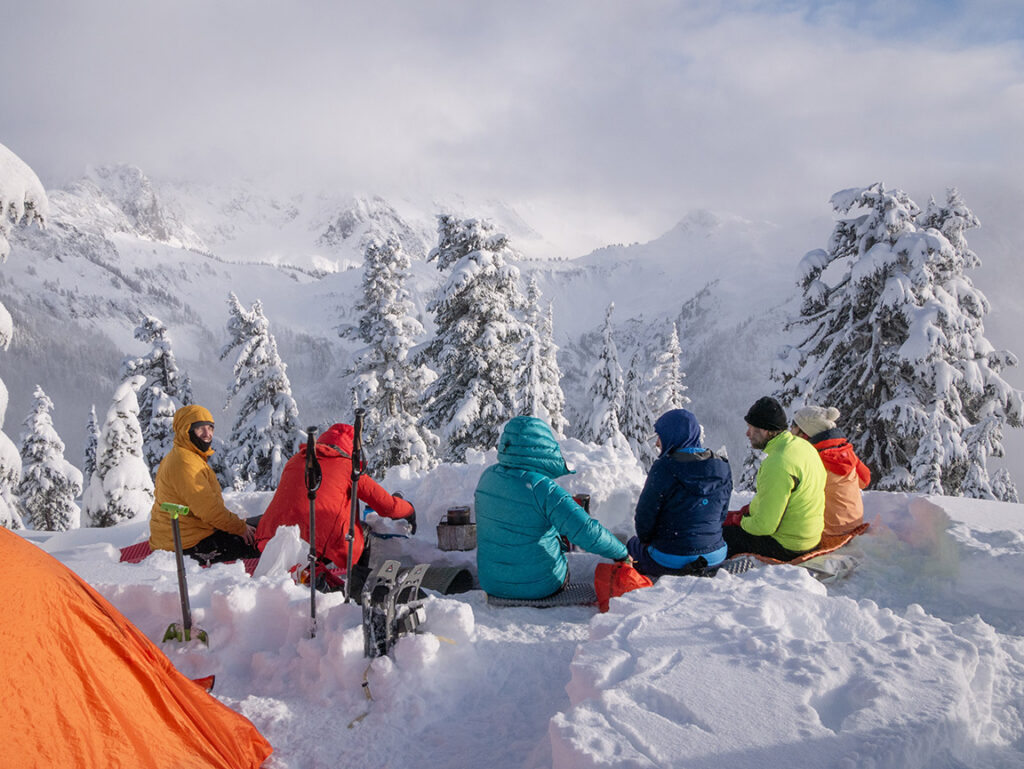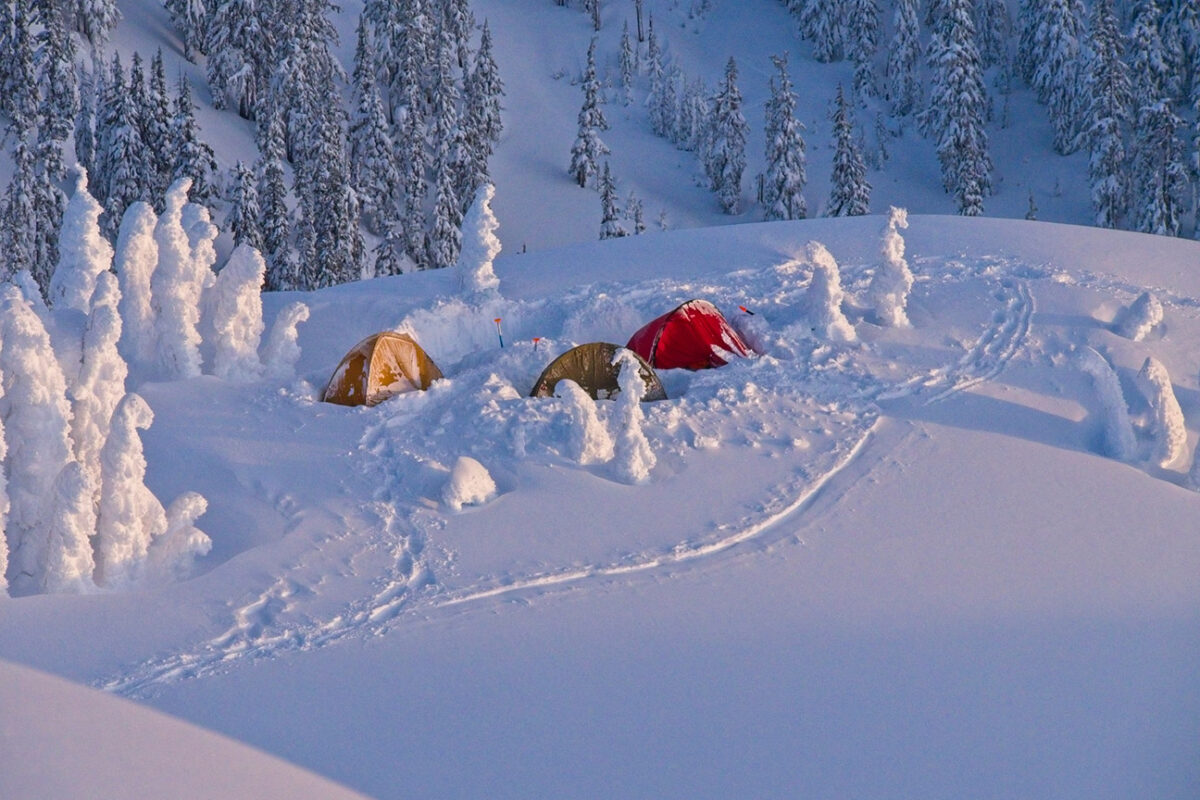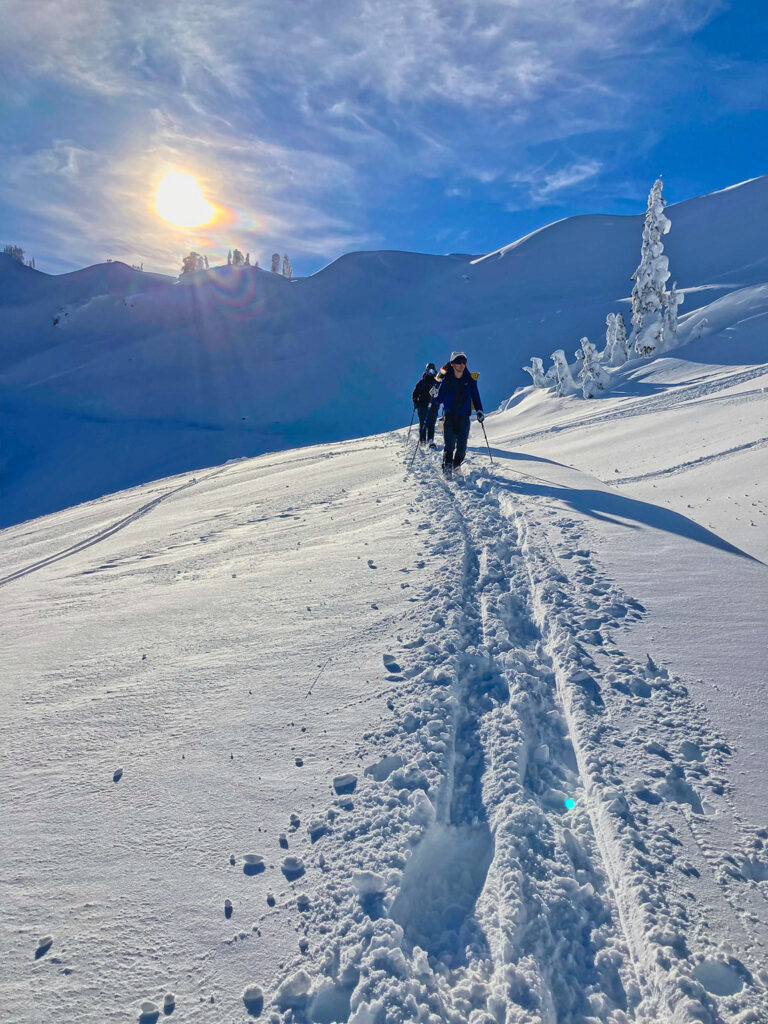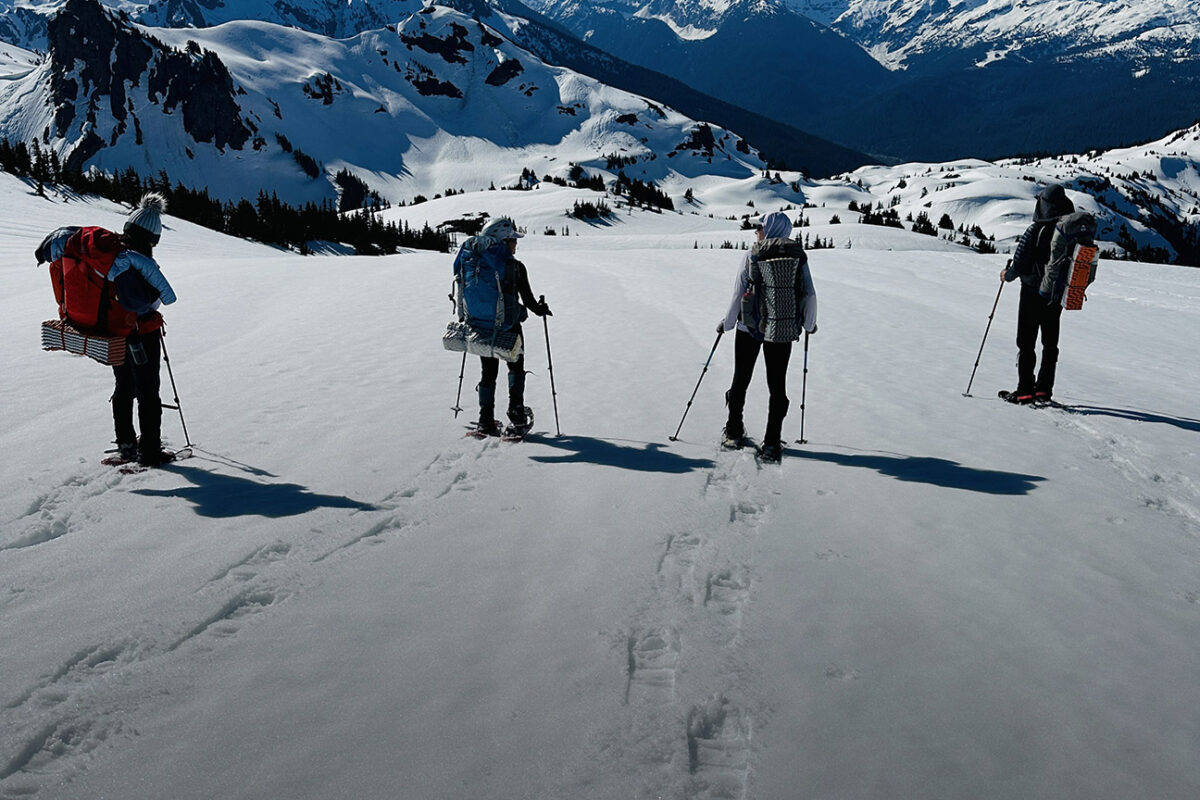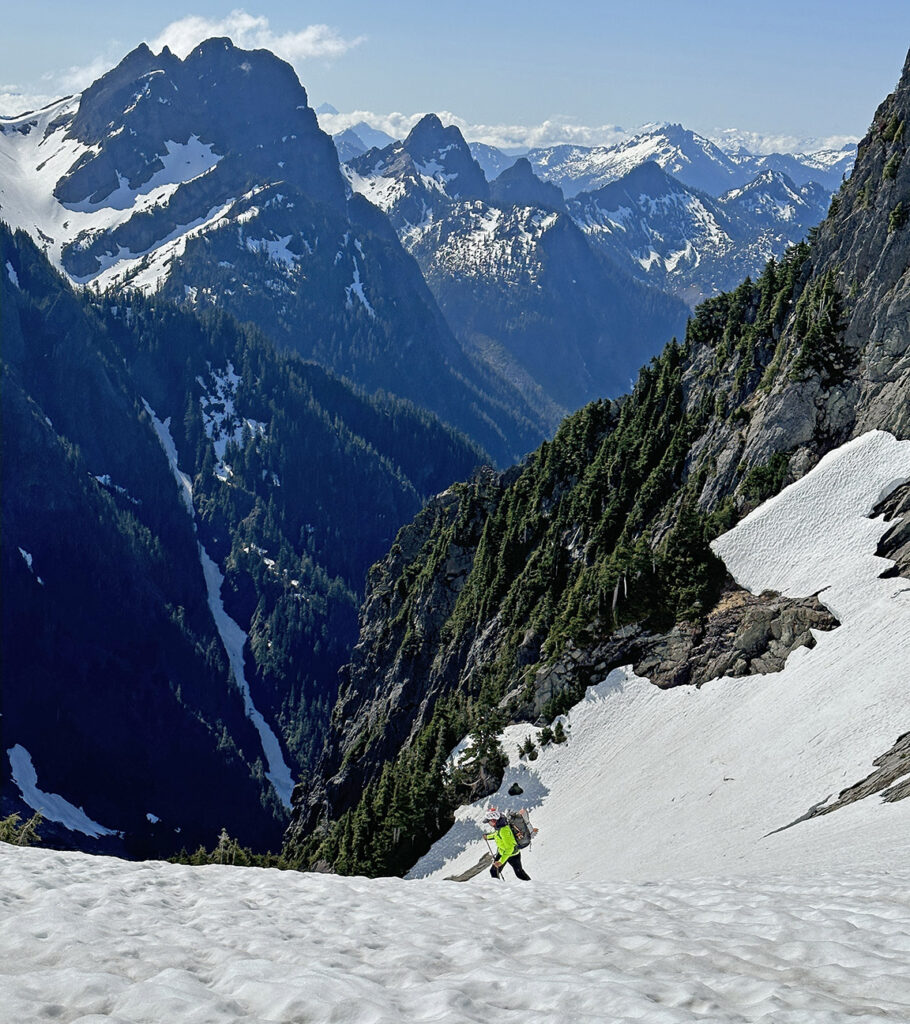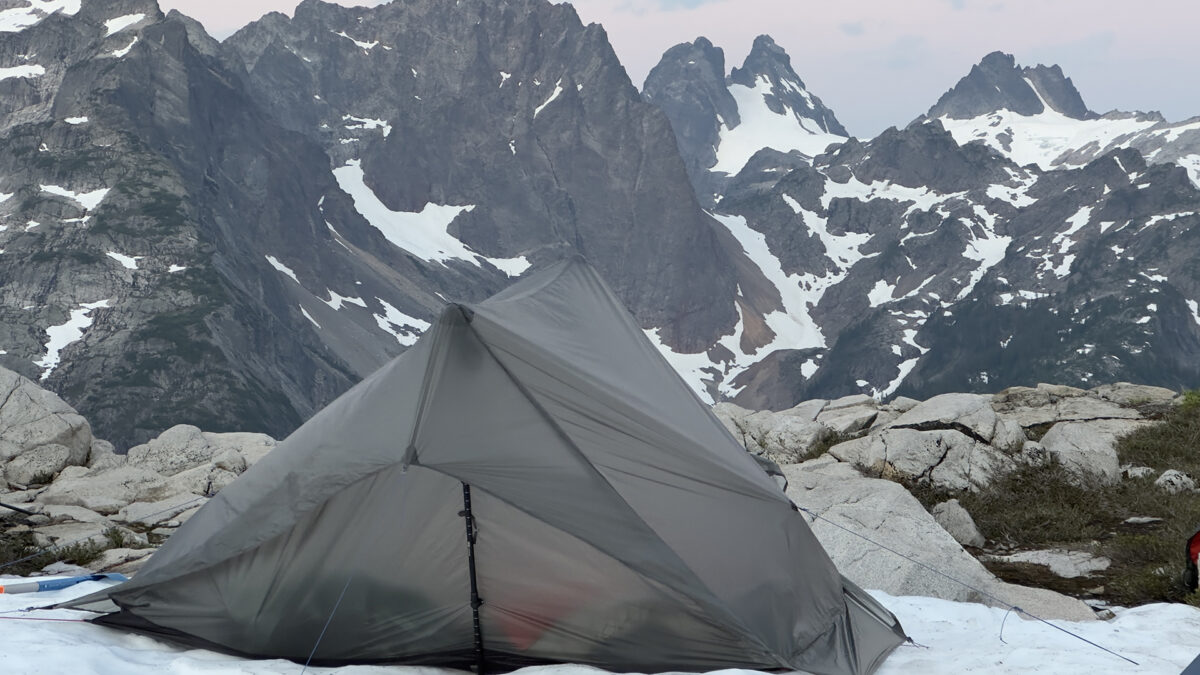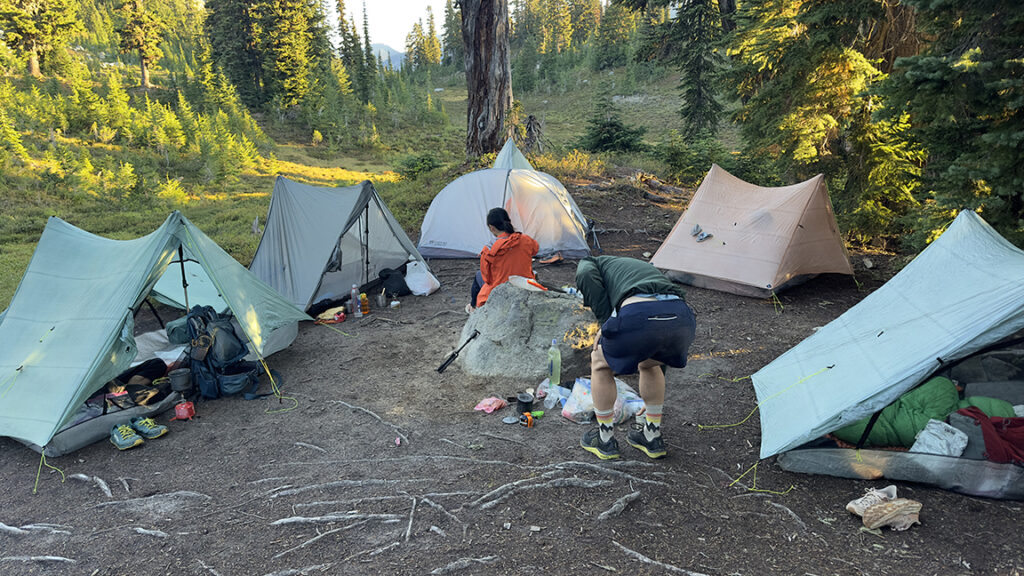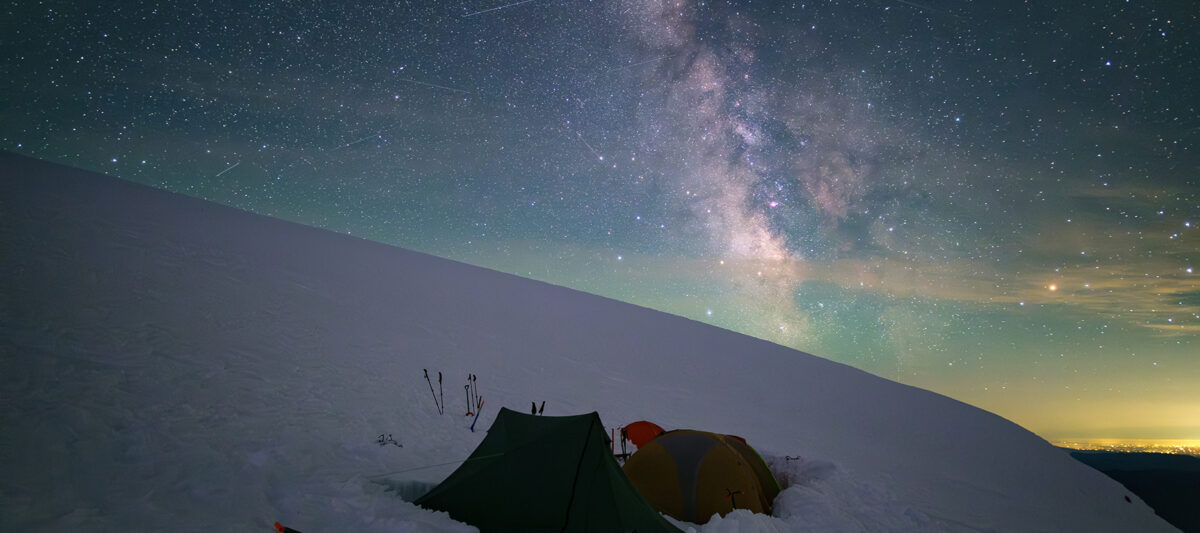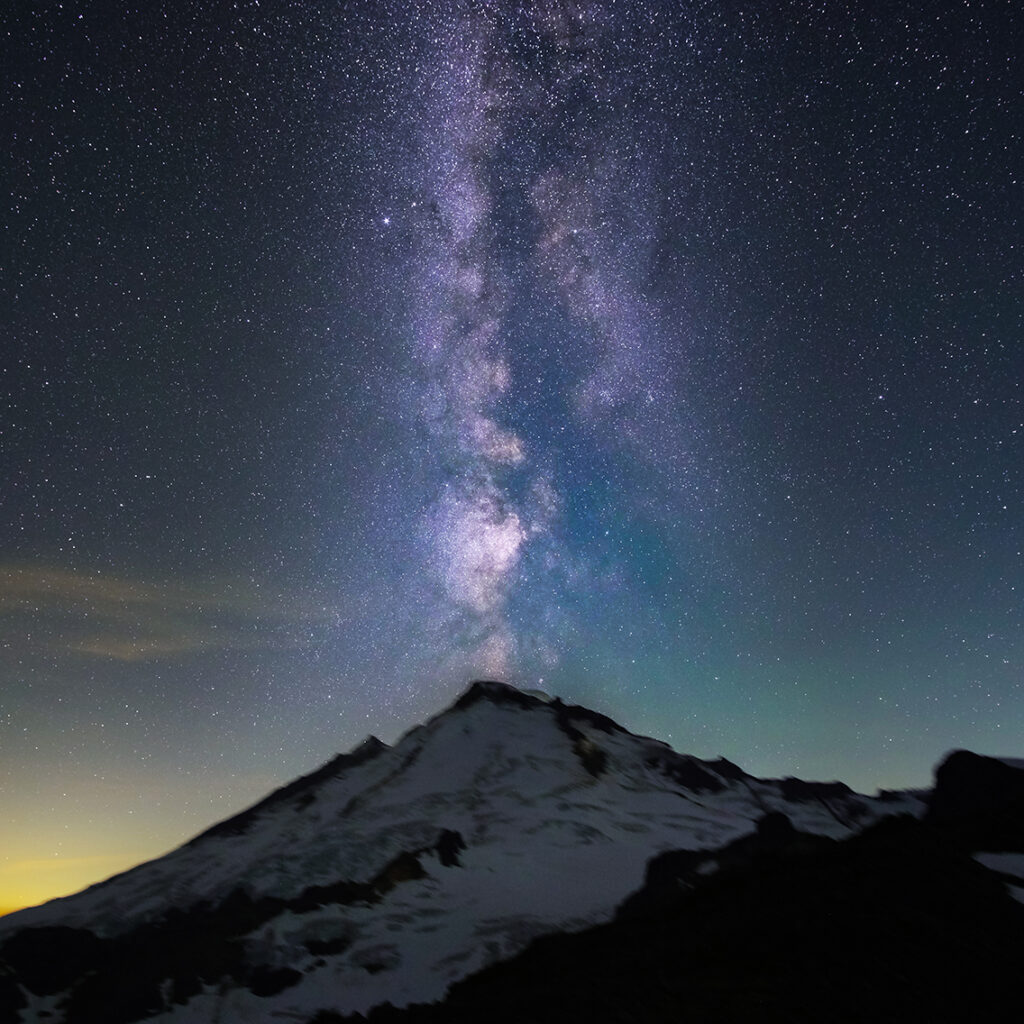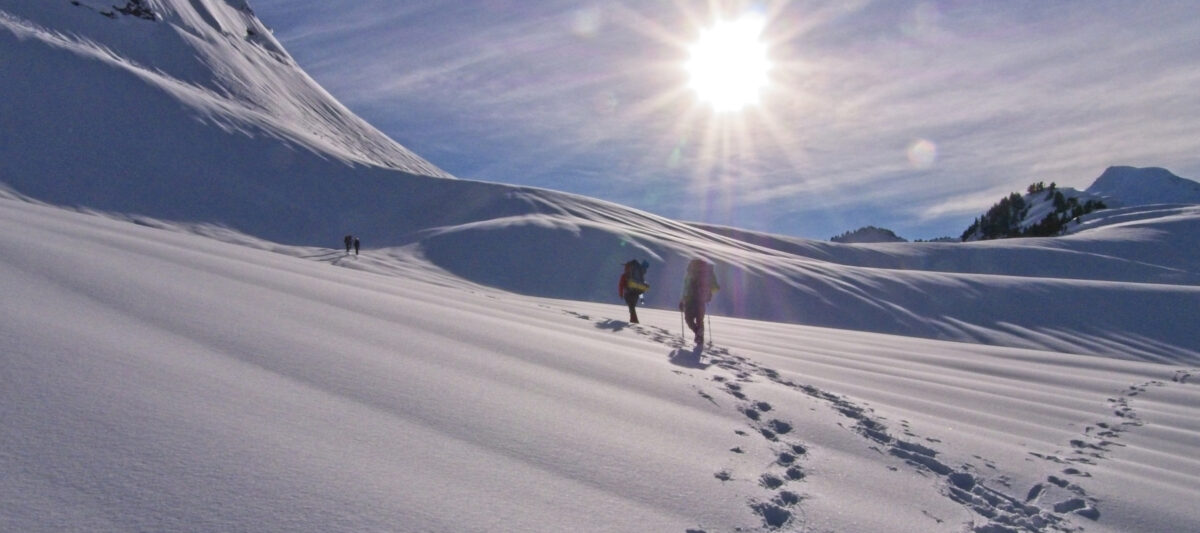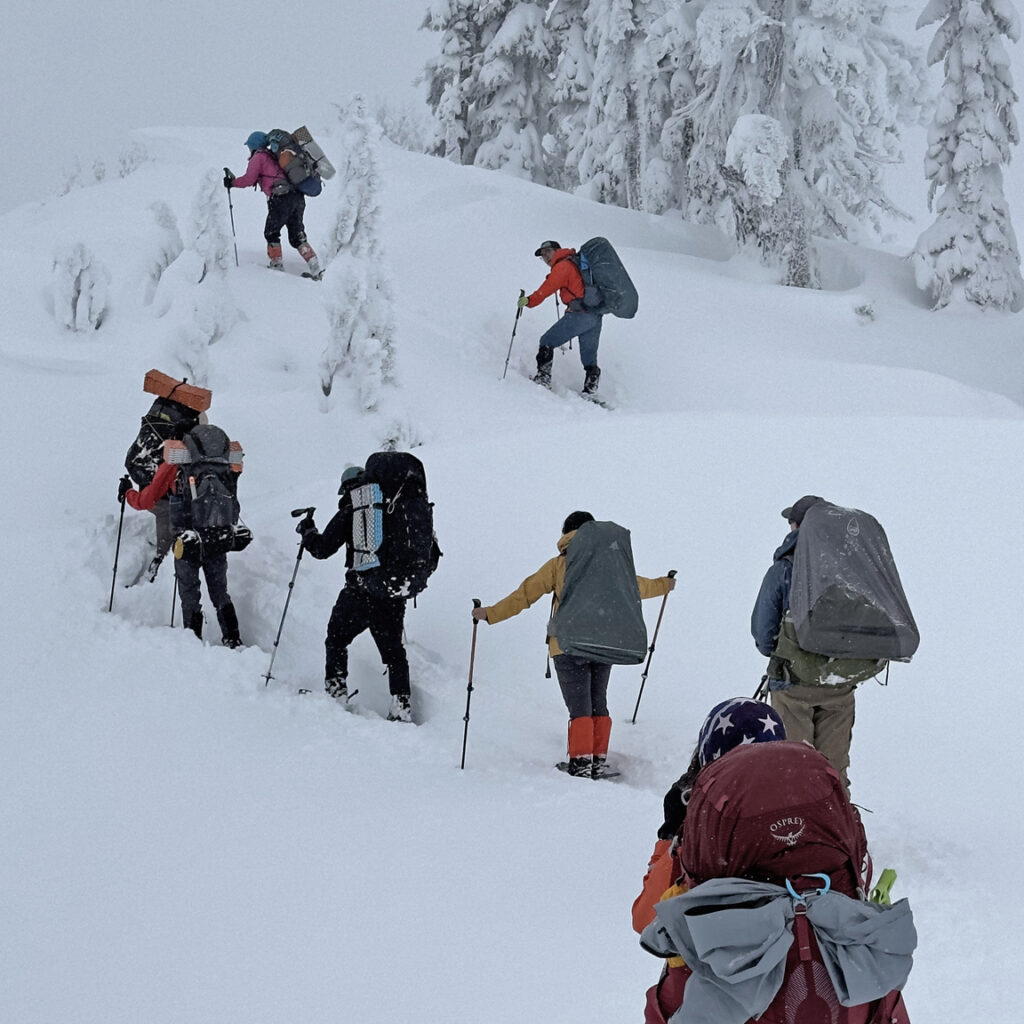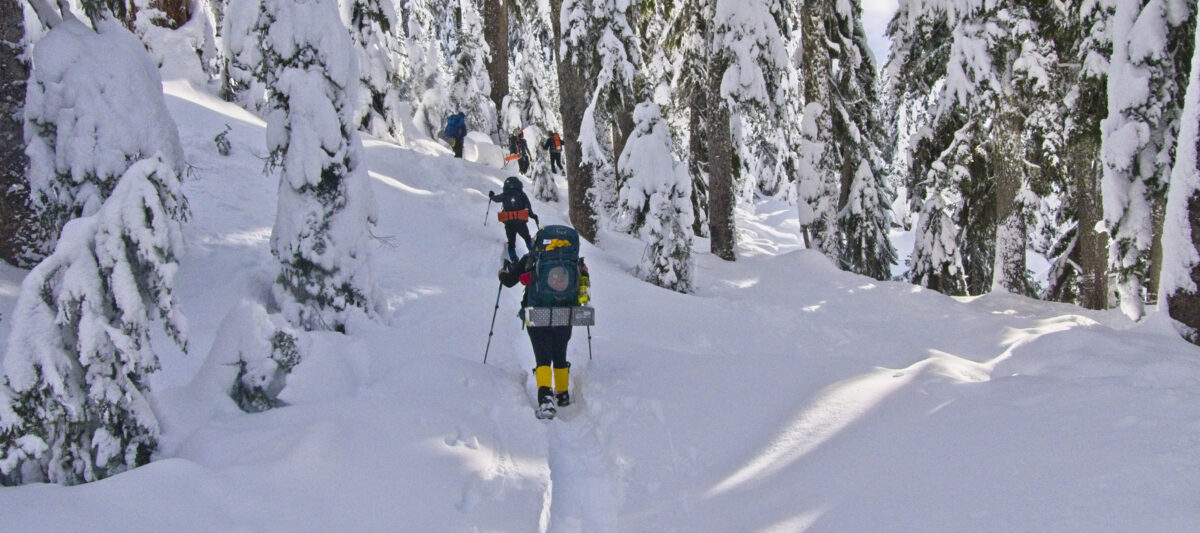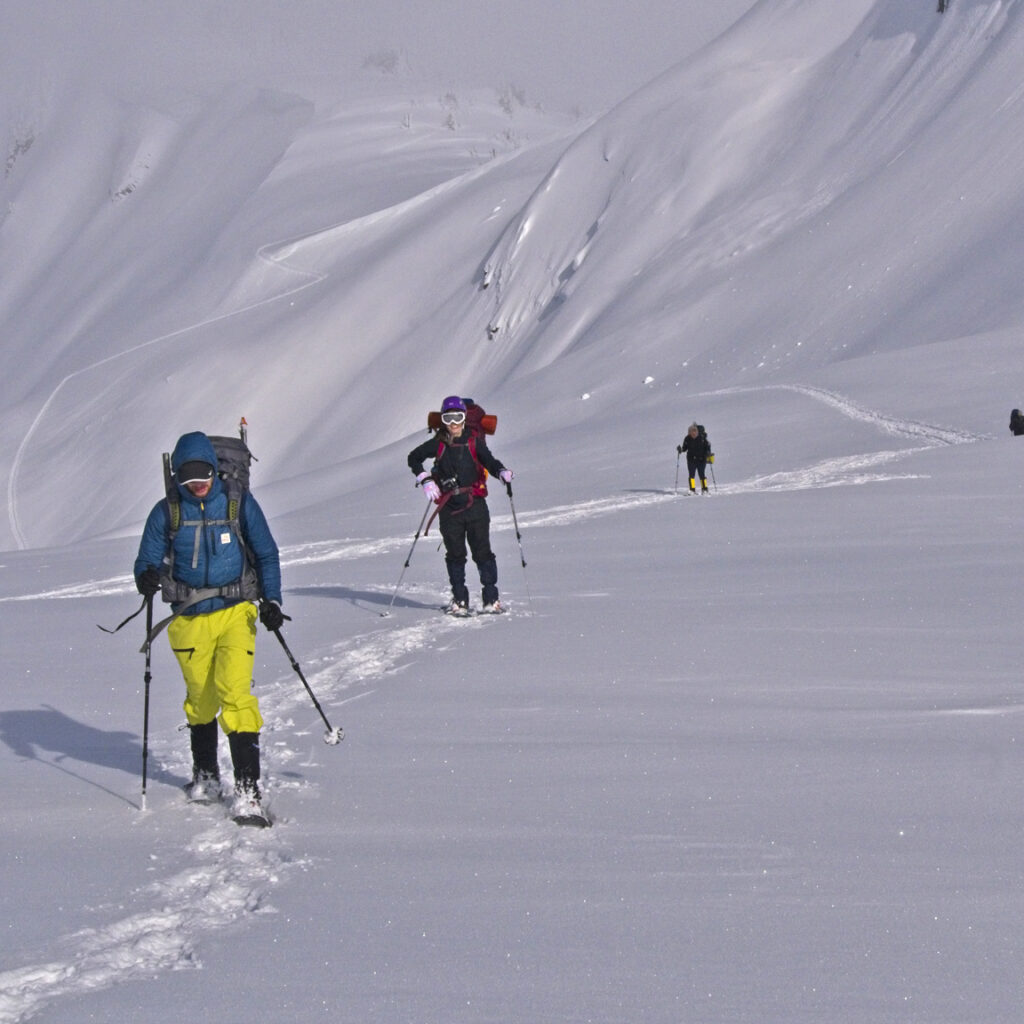Begin by Building a Team Mindset
Some backpackers and hikers are introverts who like their solitude. As an organizer, you want to get everyone to respect the group and be a team player. This will increase safety. There are specific things you can do to build a team mindset.
- First, create a group structure. Emphasize that it is a group event. Designate a navigator to lead the group and a sweeper to check on anyone in the back who is slower or having difficulty. Having a navigator and sweeper helps create a group structure. The navigator is usually the first person to observe challenging conditions on the route. When this happens it is important for the navigator to discuss options with the sweeper. The sweeper is the person who has the best observations about those in the group who might need help navigating the route.
- Second, keep people together. This will help them get to know each other. People care more about people they know. They become more patience and more helpful when the person slowing down the group is a friend. The key is to stay together—ride together, hike together, eat together, and camp together. There is always time around camp for people to wander around and have solitude.


